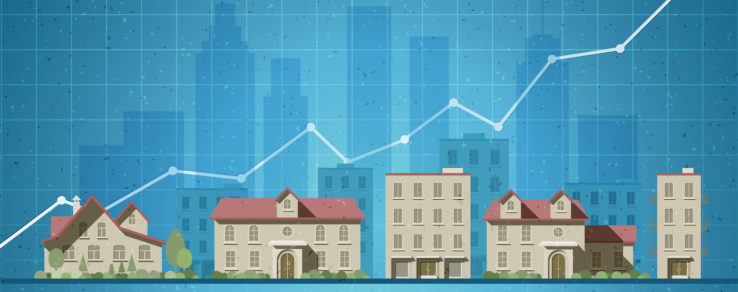What important energy trends should your natural gas customers be aware of in 2021? As their trusted resource, your energy utility should be prepared to answer customer questions and provide information that helps customers get up-to-speed on innovations and new technologies. To get started, here are five energy trends for natural gas consumption and end-use equipment for 2021 and beyond.
1. Natural Gas Consumption
While natural gas consumption in the U.S. dropped somewhat due to the pandemic, the share of natural gas for power generation has grown significantly. Natural gas-fired generators accounted for 43% of operating U.S. electricity generating capacity (GW) in 2019. These natural gas-fired generators also provided 39% of electricity generation (GWh) in 2019, more than any other source. McKinsey’s North American gas model shows that U.S. demand will continue to grow from 95 billion cubic feet per day (bcfd) to 125 bcfd by 2035.
2. Natural Gas-Fueled Heat Pumps
Combined heat and power (CHP) may have to soon be renamed cooling, heat and power. These three outputs from natural gas are now available all in one box. A natural gas-fueled internal combustion engine (ICE) drives a heat pump, which produces both heat and cooling. The ICE also drives an alternator producing power (6 to 10 kW) that can be stored in its on-board batteries.
The number of manufacturers offering engine-driven natural gas-fueled heat pumps is growing. Higher performance gas-fired absorption heat pumps and heat pump water heaters and Vuilleumier cycle thermodynamic heat pumps are under development.
3. Condensing Boilers
New developments are improving condensing boiler performance. In a dual return system, two return ports, one above the other, receive return water, with each return port separated from the other by a baffle in the tube bundle. The cooler water enhances condensing before it is blended with higher-temperature return water on the other side of the baffle.
An advanced forced-air condensing natural gas-fired tankless water heater combi system can achieve 30% to 50% energy savings relative to separate best-in-class condensing furnaces and water heaters. These developments will drive faster market penetration of condensing boilers and more energy savings.
4. Boiler Control
Integrated support for BACnet, LONworks and ModBus connectivity facilitates many boiler control functions.
- Remote control and diagnostics
- Boiler-to-boiler communications
- Burner modulation
- Lead-lag rotation
- Integration with building automation systems (BAS)
Boiler connectivity reduces maintenance response time and costs, improves visibility of operations and allows multiple boiler systems to work better together.
5. Boiler Modularity
Greater efficiency is shrinking the size of boilers. Manufacturers are allowing several smaller units to be (literally) bolted together to increase capacity. This allows replacing larger legacy boilers that are in otherwise inaccessible locations.
Natural gas trends for the new year
Is your utility’s customer engagement strategy ready for 2021? Keeping these emerging trends in mind will help your energy utility put its best foot forward in the new year, and help you better advise natural gas customers.

